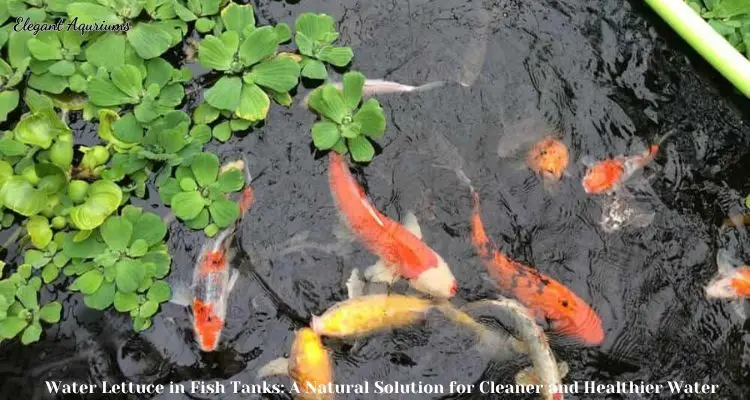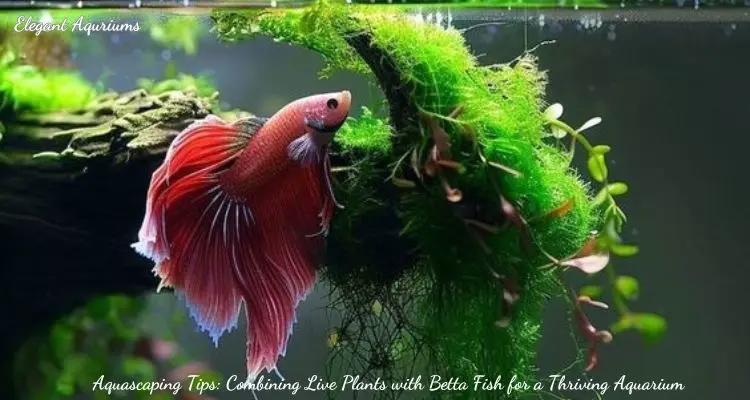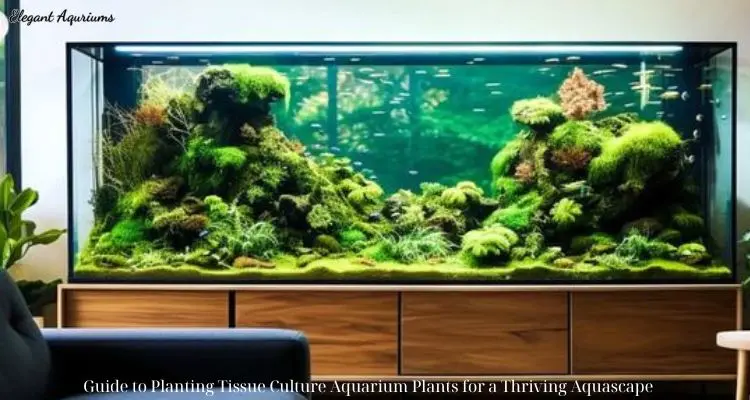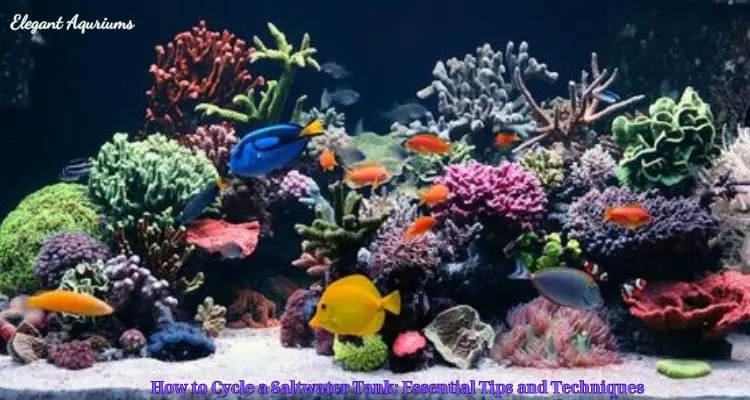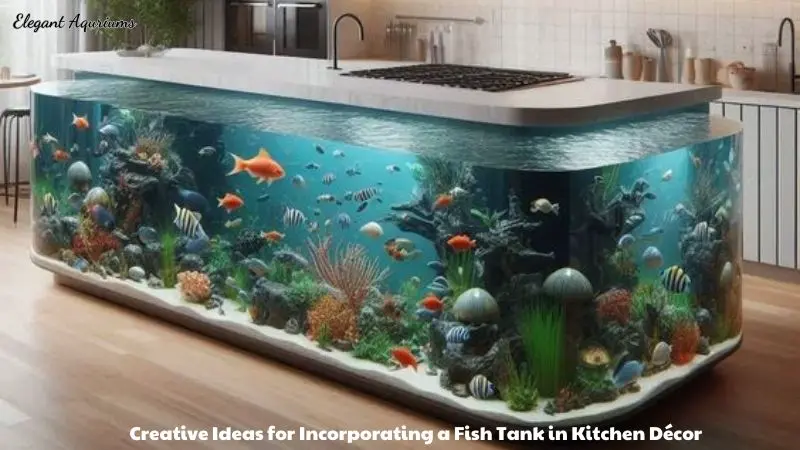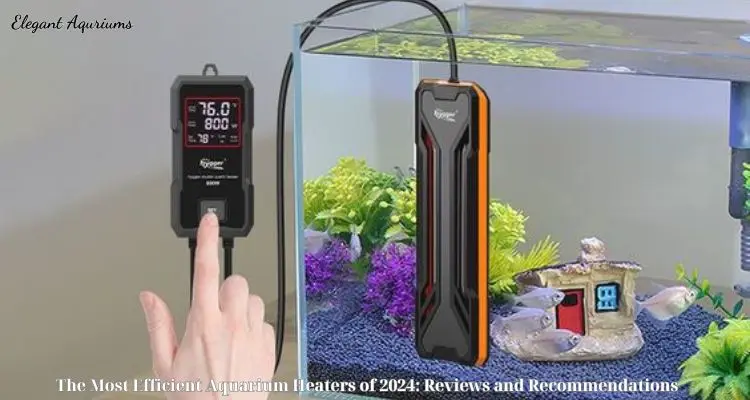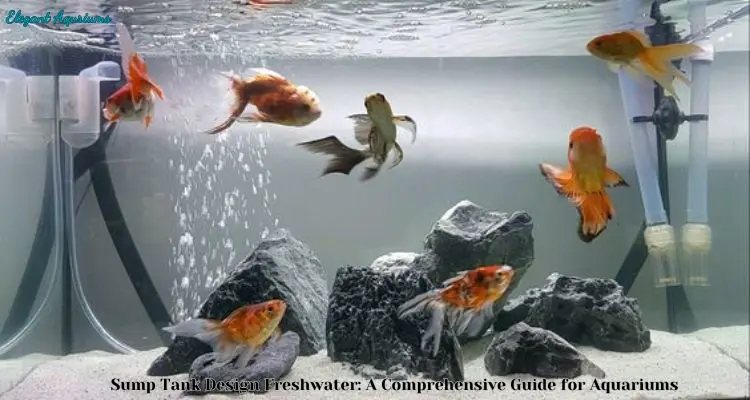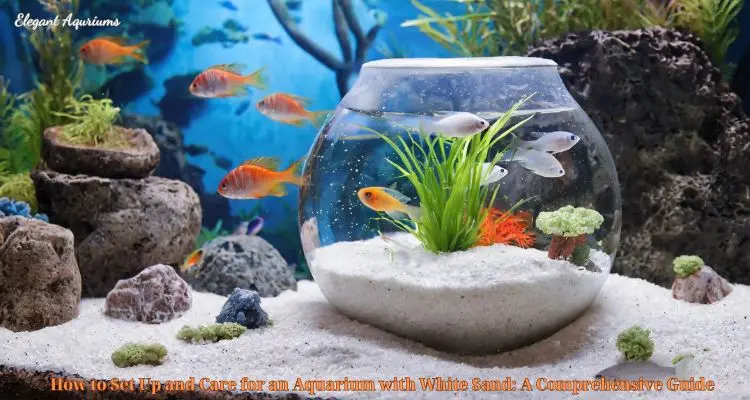Fish tank and equipment
Water Lettuce in Fish Tanks: A Natural Solution for Cleaner and Healthier Water
Maintaining a thriving and beautiful aquarium requires attention to detail, including the selection of appropriate plants and filtration systems. Among the many options available, water lettuce in fish tanks (Pistia stratiotes) stands out as a natural and effective solution for enhancing water quality and creating a healthier environment for aquatic life.
Elegant Aquriums will explores the benefits of water lettuce in fish tanks, its role in maintaining water health, and practical tips for integrating and caring for this remarkable plant.
1. Understanding Water Lettuce
1.1 What is Water Lettuce?
Water lettuce, scientifically known as Pistia stratiotes, is a floating aquatic plant that originates from tropical and subtropical regions. Its rosette-shaped leaves and rapid growth make it a popular choice for both aquariums and outdoor ponds. The plant’s ability to float and spread across the water’s surface allows it to provide various benefits to the aquatic environment.
1.2 Characteristics of Water Lettuce
- Appearance: Water lettuce features broad, rounded leaves that resemble those of a lettuce plant. The leaves are typically light green but can vary in shade depending on the water conditions and lighting.
- Growth Habit: The plant forms a dense rosette of leaves that float on the water surface. It produces small, root-like structures that dangle into the water, providing additional benefits to the tank’s ecosystem.
- Propagation: Water lettuce reproduces primarily through vegetative propagation. New rosettes are produced from the main plant and can be separated to grow new individuals, making it easy to expand or share your plant collection.
2. Benefits of Water Lettuce in Fish Tanks
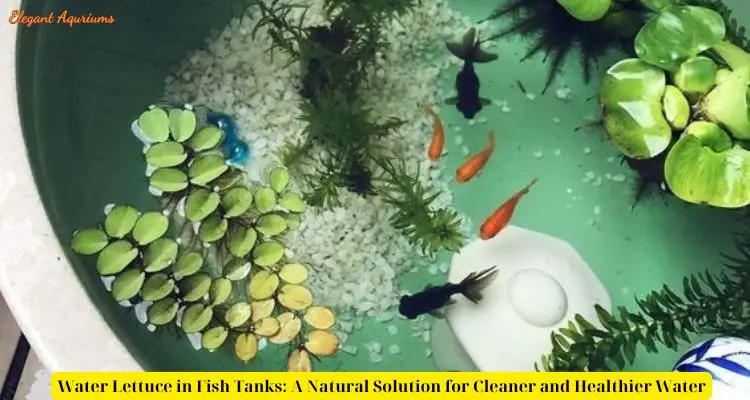
2.1 Enhancing Water Quality
One of the most significant advantages of water lettuce is its ability to improve water quality. The plant acts as a natural filter by absorbing excess nutrients such as nitrogen and phosphorus from the water. These nutrients are byproducts of fish waste, uneaten food, and decaying organic matter. By reducing these nutrients, water lettuce helps prevent algal blooms and maintains clearer water.
2.2 Oxygenation and pH Balance
Water lettuce plays a crucial role in oxygenating the aquarium water. During photosynthesis, the plant releases oxygen into the water, which is essential for the health of fish and other aquatic organisms. Additionally, water lettuce helps stabilize pH levels by absorbing excess carbon dioxide and other acidic compounds, contributing to a more balanced and stable aquatic environment.
2.3 Providing Shade and Shelter
The floating nature of water lettuce creates shaded areas within the aquarium, which can be beneficial for fish and other aquatic creatures that prefer less intense lighting. The shade provided by water lettuce can help reduce stress and provide a more comfortable environment for species that thrive in dimmer conditions. Additionally, the plant offers shelter and hiding spots for fish, promoting natural behaviors and reducing aggression among tank inhabitants.
2.4 Aesthetics and Natural Habitat
Incorporating water lettuce into your fish tank adds a natural and visually appealing element to the aquarium. The lush, green foliage creates a vibrant and dynamic look that enhances the overall aesthetic of the tank. By mimicking natural aquatic habitats, water lettuce helps create a more authentic environment for your fish, making your aquarium not only more attractive but also more functional.
3. How to Introduce Water Lettuce to Your Fish Tank
3.1 Preparing the Aquarium
Before adding water lettuce to your aquarium, ensure that the tank is properly set up and cycled. Water lettuce thrives in well-established tanks with stable water conditions. Check the temperature, pH, and nutrient levels to ensure they are within the optimal range for both the plant and your aquatic life.
3.2 Acquiring Water Lettuce
Water lettuce can be obtained from aquarium stores, online retailers, or even grown at home. When purchasing water lettuce, select healthy plants with vibrant green leaves and avoid those that appear discolored or damaged. If ordering online, choose a reputable seller who provides well-packaged and healthy plants to ensure they arrive in good condition.
3.3 Introducing Water Lettuce to the Tank
To introduce water lettuce to your aquarium, gently place the plant on the surface of the water. The plant will naturally float and establish itself without the need for planting. Avoid submerging the plant or forcing it into the substrate, as it is designed to float and may not thrive if planted.
3.4 Adjusting Light and Temperature
Water lettuce prefers moderate to bright lighting but should be shielded from direct, intense light that can cause overheating. Maintain a consistent water temperature within the range suitable for your aquarium’s inhabitants. Water lettuce generally thrives in temperatures between 68°F and 82°F (20°C to 28°C). Monitor the temperature regularly and make adjustments as needed to ensure optimal conditions for both the plant and your fish.
4. Caring for Water Lettuce in Your Fish Tank
4.1 Monitoring Growth and Health
Regularly inspect the water lettuce to ensure it remains healthy and vibrant. Healthy water lettuce should have firm, green leaves and visible roots. If the leaves begin to turn yellow or brown, it may indicate nutrient deficiencies or poor water quality. Address any issues promptly to maintain the plant’s health and its benefits to the aquarium.
4.2 Pruning and Maintenance
Water lettuce can grow rapidly, leading to overcrowding if not managed properly. Periodically prune the plant to prevent excessive growth that could obstruct water circulation or cover too much of the tank’s surface. Remove any dead or decaying leaves to prevent water quality issues and promote healthy plant growth.
4.3 Managing Nutrient Levels
Although water lettuce helps absorb excess nutrients, it is still essential to monitor and manage nutrient levels in your aquarium. Perform regular water tests to check for high levels of ammonia, nitrite, nitrate, and phosphate. Adjust your feeding practices and perform water changes as needed to maintain optimal water quality. Water lettuce can assist in nutrient management, but it should not replace regular aquarium maintenance.
4.4 Handling Algae Growth
By competing for nutrients and light, water lettuce can help reduce algae growth in your aquarium. However, if algae do appear, use a combination of water lettuce and other algae control methods. Consider reducing light intensity, increasing water flow, or using algae-eating organisms to complement the benefits of water lettuce. Ensure that the water lettuce is not overshadowed by algae, as this can impact its growth and effectiveness.
5. Potential Challenges and Solutions
5.1 Overgrowth
Water lettuce can sometimes experience rapid growth, leading to overcrowding in the tank. To manage overgrowth:
- Regular Pruning: Trim excess growth to maintain a balanced aquarium environment. Ensure that water circulation is not obstructed by the plant.
- Monitor Growth: Keep an eye on the growth rate of your water lettuce and adjust the number of plants as needed to prevent overcrowding.
5.2 Fish Interactions
In some cases, fish may nibble on water lettuce or displace it. To address this:
- Choose Compatible Species: Select fish species that are less likely to disturb the water lettuce or damage the plant.
- Secure the Plant: Use weights or anchors if necessary to keep the water lettuce in place and prevent it from being displaced by fish activity.
5.3 Temperature Fluctuations
Extreme temperature fluctuations can stress water lettuce. To mitigate this:
- Maintain Stable Temperature: Use a reliable heater or chiller to keep the water temperature consistent and within the optimal range for both the plant and your fish.
- Monitor Temperature: Regularly check the temperature and make adjustments as needed to prevent sudden changes that could affect the plant’s health.
6. Conclusion
Incorporating water lettuce into your fish tank provides a natural and effective solution for achieving cleaner and healthier water. Its benefits, including enhanced water quality, oxygenation, shade, and aesthetic appeal, make it a valuable addition to any aquarium setup. By understanding how to properly introduce, care for, and manage water lettuce, you can create a thriving aquatic environment that supports the well-being of your fish and plants. Embrace the beauty and functionality of water lettuce, and enjoy the positive impact it brings to your aquatic world.

